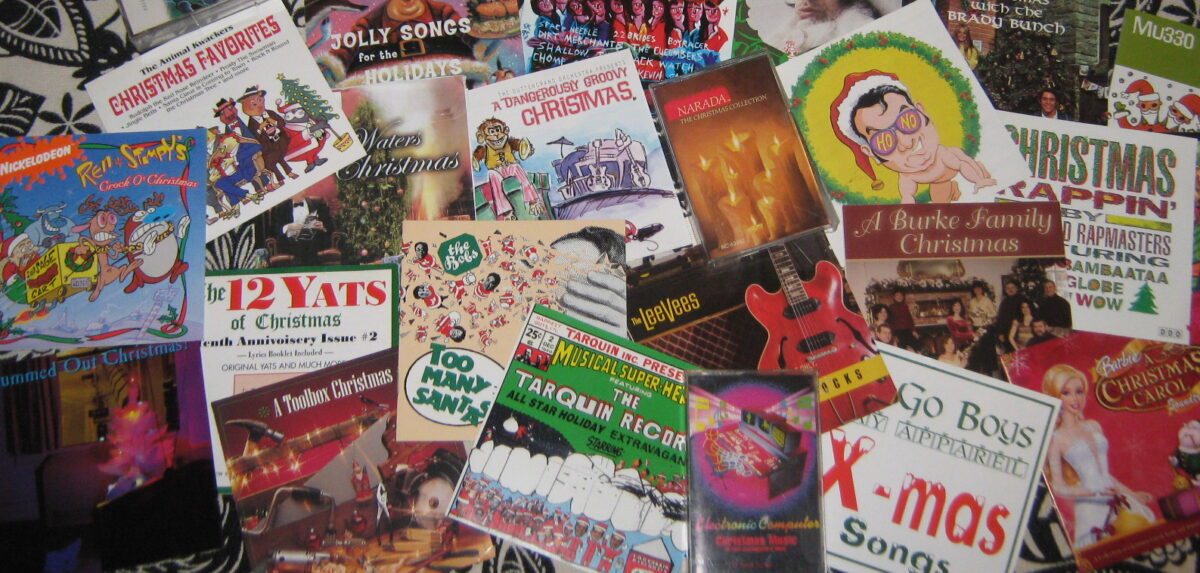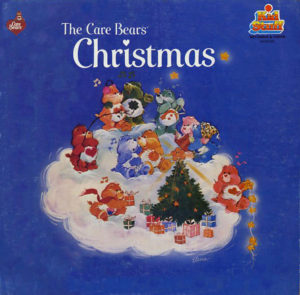Nine seasons with 2 spinoffs, but the kids who cared were grown and everyone else thought it was creepy. The holiday album Rugrats Holiday Classics is delivered after the original series ended. That’s why you probably haven’t heard of it.
It’s all half-asleep parodies milking the misheard lyric premise of stupid babies. Okay, a couple at least try.
“Rugrats Chanukah” is ‘The Dreidel Song’ with a cheap electronic keyboard honking at kvetching children.
“Heck, Why is Santa Always Jolly?” pokes fun at our Big Red Guy. Kids are so mean. To ‘Deck the Halls.’
1980s pop and lock rock marks “Oops! Santa Got Stuck!” about Santa ‘Up on the Rooftop’ while Chuckie jest gotsta go wee!
“Toys for the Girls” has Angelica bull-leading a female chorus celebrating the new baby, oddly enough. Maybe Jesus, maybe her baby brother (uhh, that was a miscarriage).

